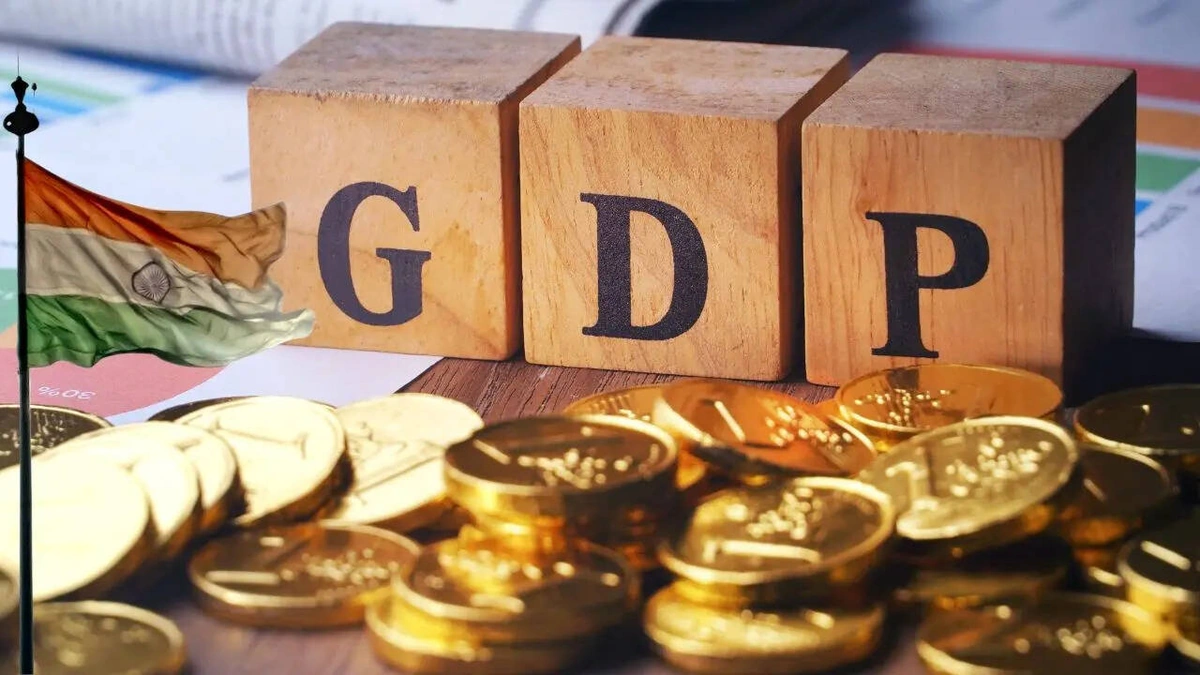Decoding India’s GDP | Why It Matters More Than You Think
India’s GDP is a number that gets thrown around a lot, but let’s be honest – do we really get it? It’s not just about bragging rights on the world stage; it’s deeply intertwined with our daily lives, from the prices at the market to the job opportunities available.
Thank you for reading this post, don't forget to subscribe!So, let’s dive in and untangle this economic behemoth, shall we? Think of me as your friendly neighborhood economist, breaking it down in a way that actually makes sense. We’ll explore recent KOSPI Index trends and how they relate to India’s economic growth.
The “Why” Behind the Numbers | It’s Not Just Growth, It’s What Kind of Growth
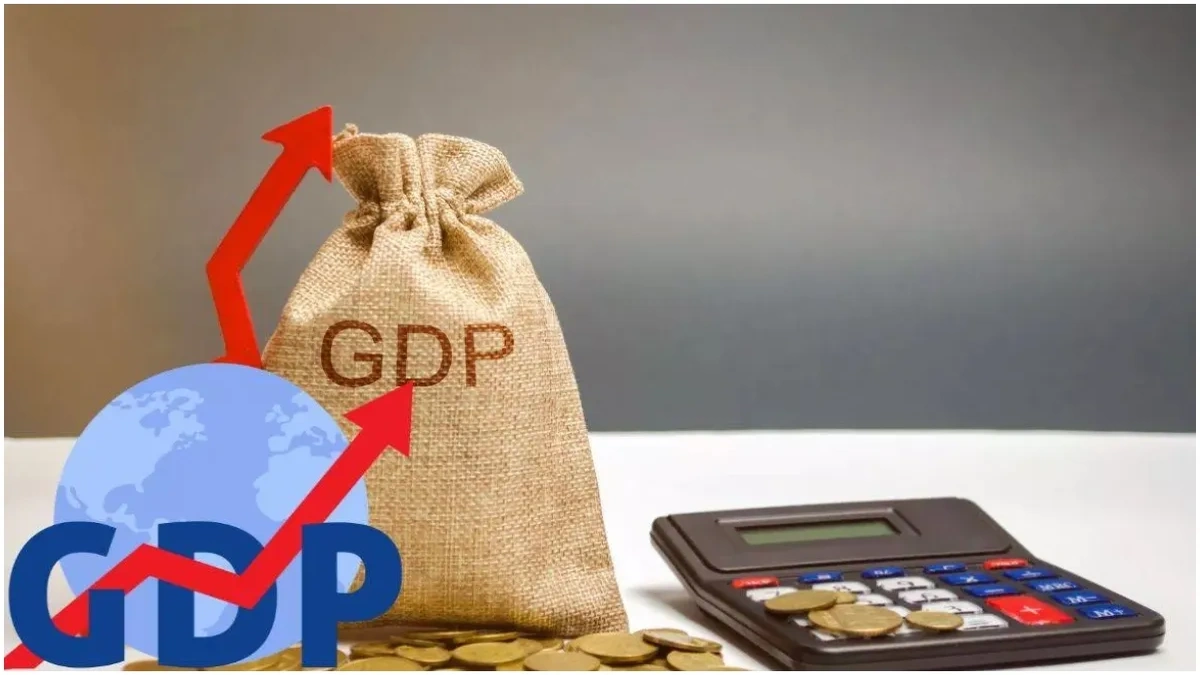
Everyone cheers when they hear about a rising India GDP growth rate . But here’s the thing: growth itself isn’t enough. What’s fueling that growth? Is it sustainable? Is it benefiting everyone, or just a select few? These are the questions that truly matter.
For example, a surge in GDP driven solely by increased consumption fueled by debt isn’t exactly a cause for celebration. It’s like eating a whole box of sweets – feels good in the moment, but you’ll regret it later. So, we need to look beyond the headlines and understand the composition of India’s economic performance .
What fascinates me is the subtle shift in the composition of India’s GDP. Traditionally, agriculture was the backbone. Now, the services sector dominates. But is this transition creating enough jobs? Are we adequately supporting our farmers?
These are complex questions with no easy answers. According to a report by the World Bank ( World Bank India ), a significant portion of the workforce is still employed in agriculture, highlighting the need for balanced growth.
How India’s GDP Impacts Your Wallet (And What You Can Do About It)
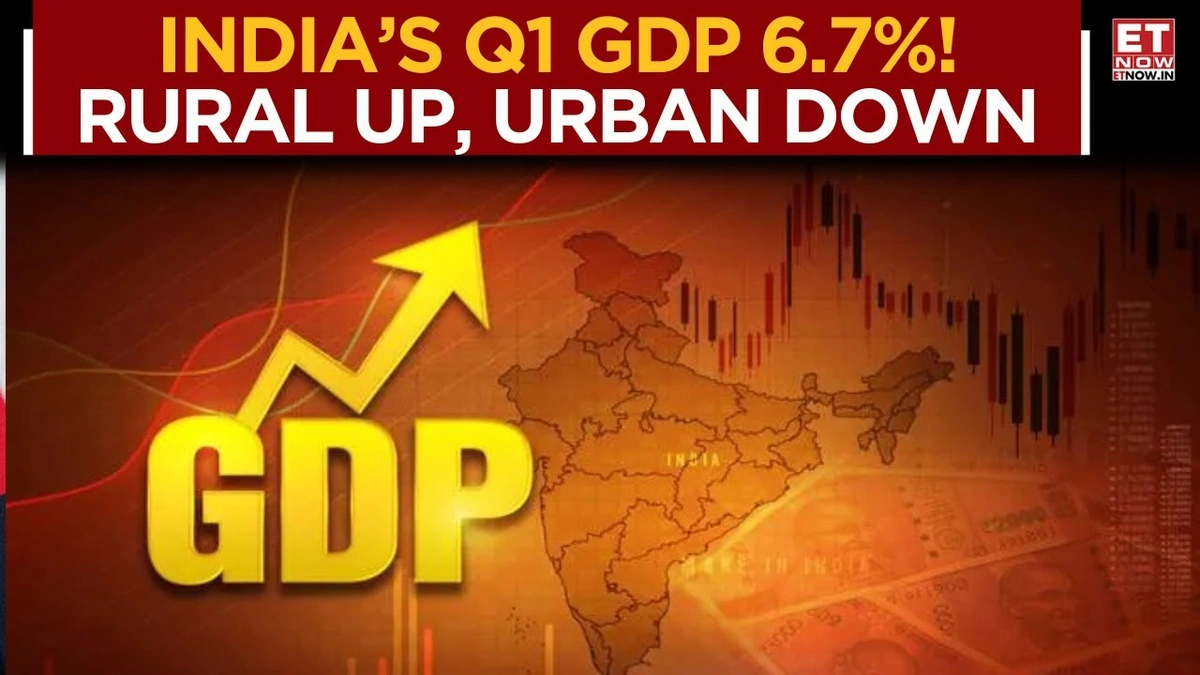
Okay, let’s get practical. How does all this economic growth mumbo-jumbo actually affect your pocket? Well, a healthy GDP usually translates to more job opportunities, higher wages, and increased consumer spending. But here’s the kicker: inflation.
Rapid growth can sometimes lead to rising prices, eroding your purchasing power. It’s a delicate balancing act, and the government (and the Reserve Bank of India) plays a crucial role in managing it.
The Indian economy is heavily influenced by global market fluctuations. A strong US dollar, for instance, often has ripple effects on import prices and overall inflation.
One thing you can do is become a more informed consumer. Understand how inflation works, compare prices, and make smart financial decisions. It might seem like a small thing, but collectively, it can make a big difference. Plus, staying informed helps you navigate the ever-changing economic landscape. We need to look at the Indian economy on a micro level, too.
Beyond the Numbers | The Human Story of India’s Economic Trajectory
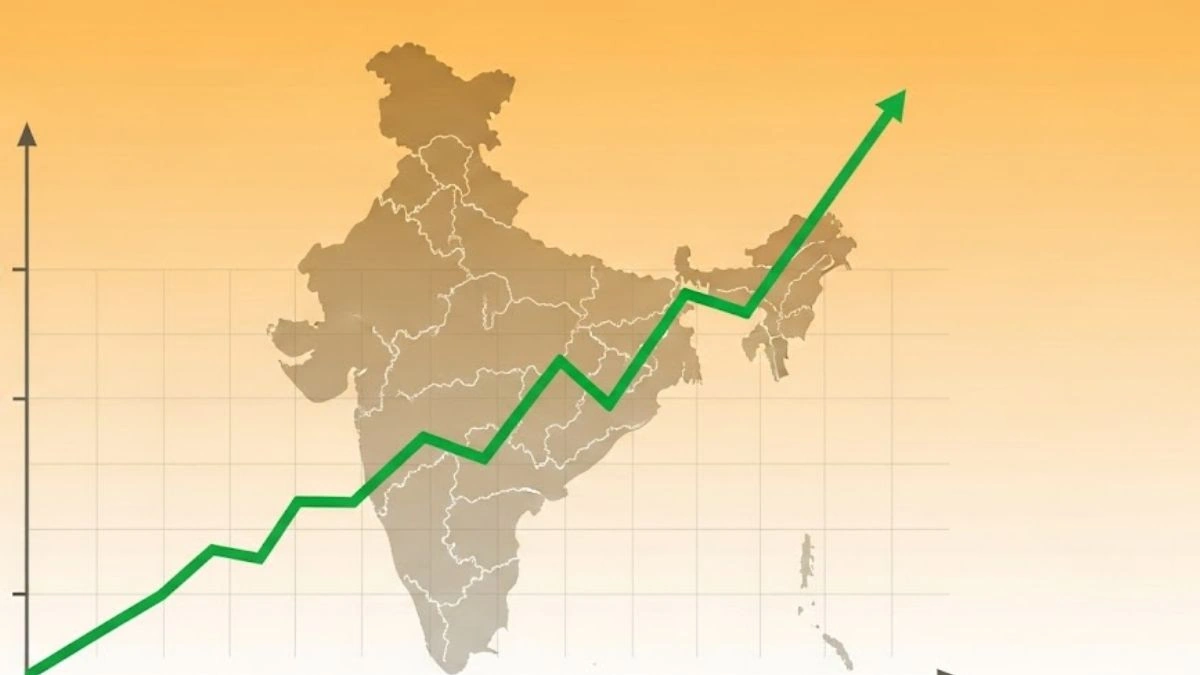
Numbers are cold and impersonal. Behind every GDP statistic, there are real people with real lives. There are entrepreneurs taking risks, farmers struggling to make ends meet, and young graduates dreaming of a better future. India’s GDP growth is, ultimately, their story.
The story of their aspirations, their challenges, and their resilience. And it’s vital to have policies that support economic development .
Consider the small business owner in a rural village. He doesn’t care about the GDP figures; he cares about whether he can sell his products and provide for his family. His success, multiplied across millions of similar stories, contributes to the overall GDP growth.
It’s a bottom-up approach to understanding the economy, and it’s just as important as the top-down perspective. Let’s not forget the impact of the renewable energy sector. Recent developments with Waaree Energies Share highlight a shift toward green solutions in the Indian market.
I initially thought that the key was simply manufacturing more. But then I realized the incredible rise in the services sector. That’s what makes India’s situation complex, and interesting!
The Global Context | India’s Place in the World Economy

India doesn’t exist in a vacuum. Our national income is inextricably linked to the global economy. Factors like international trade, foreign investment, and geopolitical events all play a role. When the global economy sneezes, India catches a cold (sometimes a full-blown flu).
Understanding these interconnectedness is crucial for making informed decisions about our own economic future. For example, changes in US monetary policy can significantly impact capital flows to India, affecting our currency and stock market.
Let me rephrase that for clarity: a strong global economy generally benefits India, while a weak one can create headwinds. This underscores the importance of diversifying our export markets and building resilience to external shocks. We need to be nimble and adapt to changing global conditions.
India’s GDP | Challenges and Opportunities Ahead
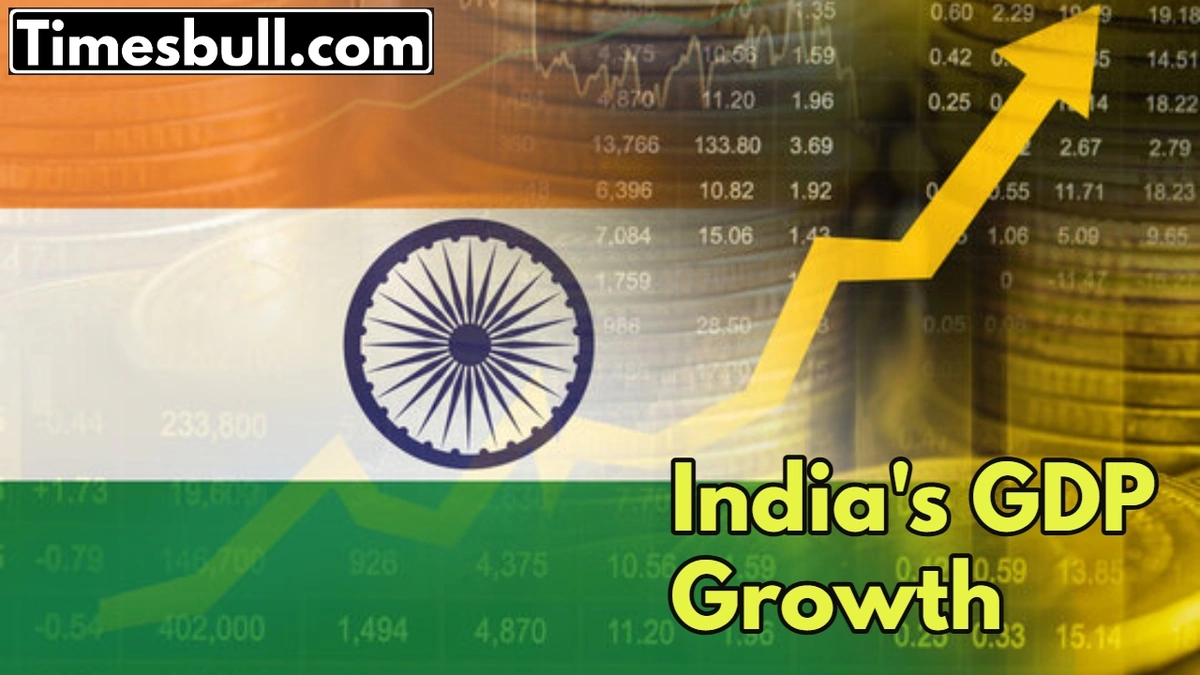
So, what does the future hold for India’s GDP ? There are plenty of challenges, of course. Inequality, infrastructure deficits, and bureaucratic hurdles are just a few. But there are also tremendous opportunities.
A young and growing population, a thriving tech sector, and a government increasingly focused on reforms – these are all reasons to be optimistic.
But, and this is a big but, we need to address the challenges head-on if we want to unlock our full potential. Failing to do so could seriously impact the Indian economy outlook .
The key is to create a more inclusive and sustainable growth model. One that benefits all segments of society and protects our environment. It’s a tall order, but it’s achievable. The real question is, are we willing to make the necessary sacrifices and embrace the necessary changes? This ultimately defines the future of our economic strength .
FAQ | Your Burning Questions About India’s GDP Answered
What exactly does GDP measure?
GDP measures the total value of goods and services produced within a country’s borders during a specific period (usually a year or a quarter). It’s a key indicator of economic activity.
How is India’s GDP calculated?
India uses a combination of the production, expenditure, and income methods to calculate its GDP . The Central Statistics Office (CSO) is responsible for compiling the data.
Why is GDP growth important?
GDP growth indicates that the economy is expanding, which usually leads to more jobs and higher incomes. However, it’s not the only measure of progress.
What are the main drivers of India’s GDP?
Currently, the services sector is the biggest contributor, followed by industry and agriculture.
What are some factors that can negatively impact India’s GDP?
Global economic slowdowns, natural disasters, and policy uncertainties can all negatively impact India’s GDP .
How does India’s GDP compare to other countries?
India is one of the world’s largest economies, but its per capita GDP is still relatively low compared to developed countries.
Ultimately, understanding India’s GDP is about understanding our own potential. It’s a roadmap to a better future, but only if we read it carefully and act accordingly.
